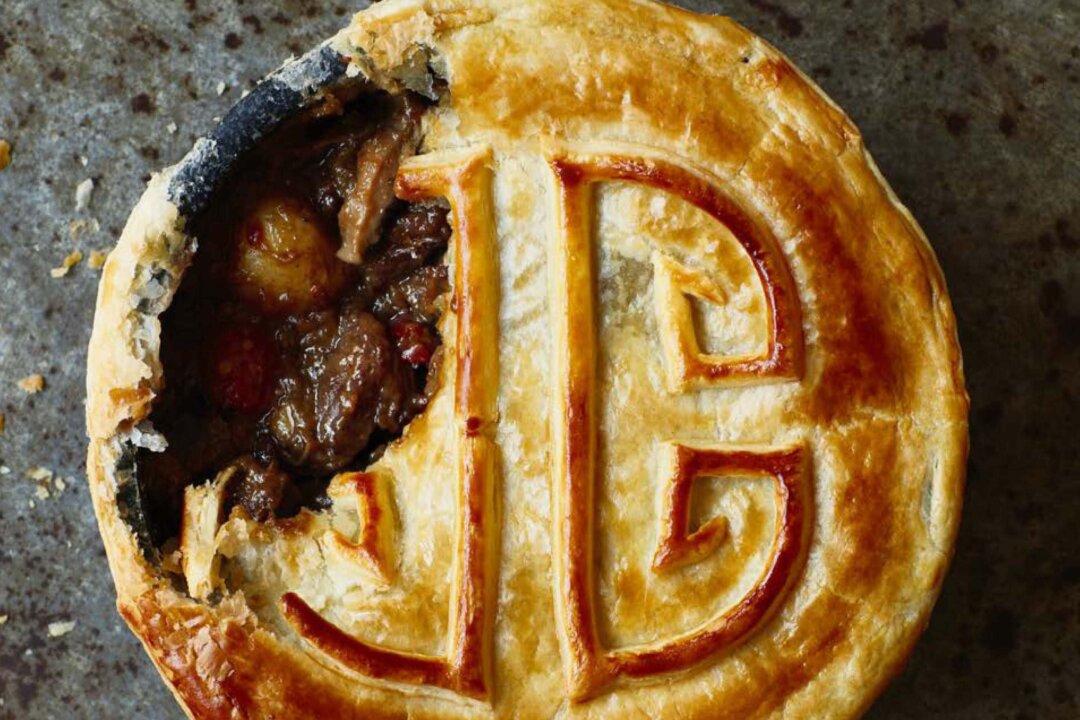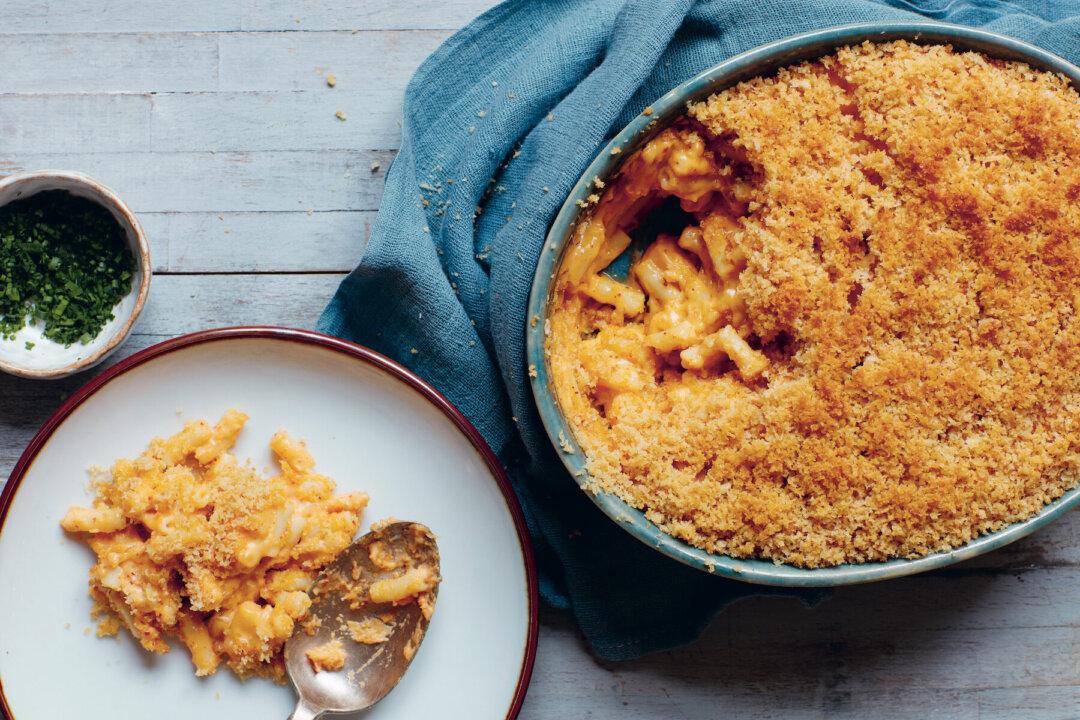Every summer, my mom would break out our little Snoopy Sno-Cone machine to make patbingsu. Literally translated as “red bean shaved ice,” this refreshing Korean dessert was, and still is, my most favorite taste of summer.
Our plastic Snoopy ice shaver was rather cumbersome, and didn’t work very well, but nonetheless, snow-like flakes eventually emerged and piled high in our bowls. My mom would top the pillowy mounds with a generous scoop of sweet red beans, then add some vibrant color with a few spoonfuls of Del Monte canned fruit cocktail or mandarin oranges (my personal favorite), syrup and all.





